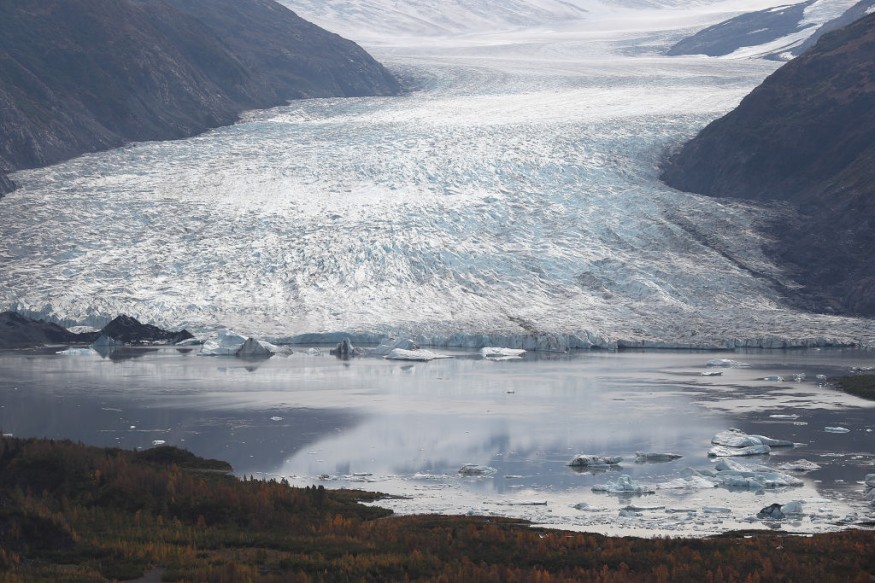A man submerged for almost an hour in the icy waters of Cook Inlet, near Anchor Point, Alaska, was rescued after holding to a chunk of ice on the morning of Saturday, March 5.
The 45-year-old man named Jaime Snedden was just walking along the shoreline when the ice beneath him broke off.
Rescue of Snedden

Before being rescued by a fishing boat and Alaska Wildlife Troopers, Snedden had his arms wrapped on a large ice chunk to remain afloat and prevent him from fully submerging after falling into the icy water of Cook Inlet where he was carried by water currents into the sea.
The rescue came after the U.S. Coast Guard notified a local fishing boat about Snedden's dire condition.
The boat was currently fishing in the area when it received the U.S. Coast Guard alert at around 11:45 a.m. on Saturday.
The boat coordinated with the state troopers to rescue Snedden, as per AccuWeather.
Snedden was located 300 yards off the shoreline near the mouth of Cook Inlet and was still conscious when the rescuers pulled him out of the icy waters.
He was sent to the South Peninsula Hospital for treatment of hypothermia and is expected to fully recover.
Warm Weather and Temperature
The ice where Snedden submerged on Saturday was already in a fragile state due to the warming temperatures at that time.
AccuWeather meteorologists said temperatures reached up to 44 degrees Celsius on Friday, March 3, one day before the said incident.
Meanwhile, the temperature on Saturday had ranged between 30 and 40 degrees Celcius, according to Peder Reiland, a friend of Snedden who was also at the rescue site, as cited by AccuWeather.
The temperatures indicated Snedden stepped over ice that was fragile enough to break.
Furthermore, the ice in the mentioned area near Anchor Point was already starting to melt and becoming dangerous due to the current period of warmer weather, according to Robert Mathis, the deputy fire chief of Western Emergency Services, as cited by Anchorage Daily News.
Thinning of Ice in Alaska
Over several decades, climate change and global warming has significantly contributed in the melting and thinning of sea ice in Alaska, according to research conducted by the Lamont-Doherty Earth Observatory, as cited by the Columbia News site owned by the Columbia University in New York City.
Based on the research, the sea on the northwest coast of Alaska is rapidly melting due to potential climate change in the region.
The researchers of the Lamont-Doherty Earth Observatory were deployed in the area in 2016 and have coordinated with local members of the community.
The thinning of ice is not only evident in Alaska but also in other regions of the world, especially in the melting glaciers of the Arctic north polar region and the Antarctic southern polar region.
Multiple studies have shown that the melting of glaciers has contributed to a global rise in sea level.
© 2025 NatureWorldNews.com All rights reserved. Do not reproduce without permission.





